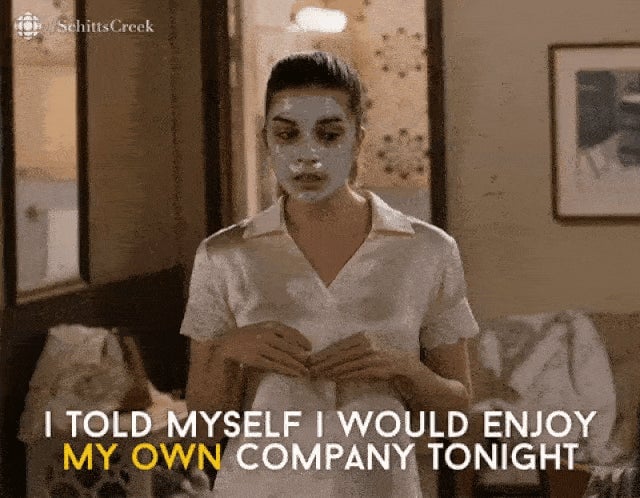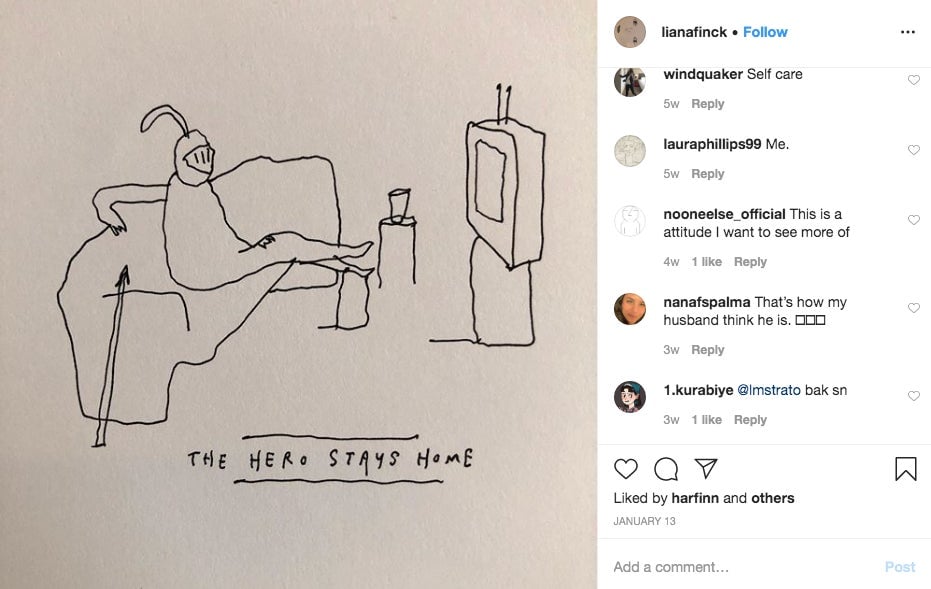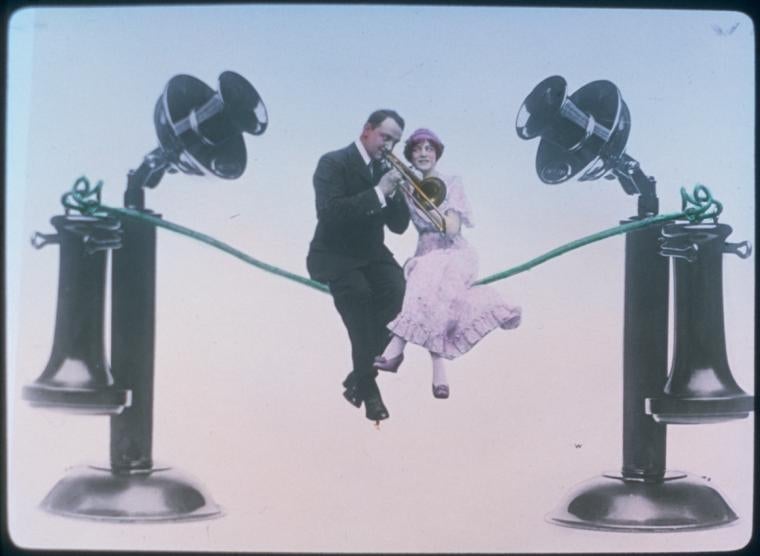Should you stay in or go out? These principles can help you decide
Subscribe to the Quartzy newsletter to receive this in your inbox each Friday.


Subscribe to the Quartzy newsletter to receive this in your inbox each Friday.
The nice thing about the winter doldrums is that they’re long and boring, and there’s nothing to do. The months of January through March are for hibernation, hygge, and low expectations; for quiet weekends spent binge-watching Netflix and going to bed at 9pm.
If you spend much time online, you may have noticed that such homebody-ish sentiments are increasingly popular year-round—particularly among millennials. People in their 20s and 30s celebrate canceled plans with Mean Girls memes and Viola Davis gifs, post indoor-centric shots of homemade stews and houseplants on Instagram, and boast on Twitter about spending Saturday night taking a bubble bath while their friends are out till dawn.

This isn’t necessarily a bad thing. The rise of self-care, along with the introvert empowerment movement sparked by Susan Cain’s 2012 bestseller Quiet, have made it far more socially acceptable to reserve time for oneself to relax and unwind. But as I wrote last fall in an article about millennial homebodies:
There may also be a dark side to this cheerful seclusion. “Implicit in the introvert, stay-at-home discourse is the idea that life is increasingly bad,” Malcolm Harris, the author of Kids These Days: Human Capital and the Making of Millennials, tells Vox. Harris argues that millennials are staying in more often because they’re overworked, tired, stressed about the state of the world, and too broke to afford a big night out, anyway. All those memes about snuggling cats in bed could just be an attempt to put a positive spin on the grim circumstances that have pushed this generation into retreat.
I’ve been reflecting on my own relationship with staying in as of late, trying to better distinguish between the times when staying home is a truly wise and restorative choice, versus those when I should push myself out the door. Here are a few principles I’m hoping will me achieve the right balance in 2020.
Going out can be worthwhile even when it’s not fun.
In the 2007 essay “Why Go Out?”, writer Sheila Heti questions why we bother spending time with other people at all. When we’re by ourselves, she writes, we’re free to “imagine ourselves to be brilliant, and kind, and good speakers, and good listeners, and utterly loving.” There’s nothing and no one to shatter this happy illusion.
But the moment you set foot in society, you’re confronted with the messiness of being human. Your friend says something that hurts your feelings. You get into a petty spat with a relative. Horrified, you hear yourself saying clichéd things like “it is what it is” at a dinner party. At cocktails, the fancy successful person in your field has once again forgotten your name.
Where’s the fun in all that? Well, it’s true that socializing can be awkward and disappointing. But Heti says this is exactly why it’s worth doing.

Going out, she says, “is not really about fun, or about learning how to be good at having fun, but, more distinctly, is about learning how to be good at being a person, and, the unfortunate corollary of this, seeing how far from good at being a person you are.” Engaging with other people, like it or not, helps us expand our humanity.
Personally, I love the idea that whether or not I actually enjoy a given event is sometimes beside the point. Going out can be a drag, but it builds character.
Staying in can be an adventure, too.
I recently read Passing for Human, a 2018 graphic memoir by New Yorker cartoonist Liana Finck. Finck, whose open-hearted Instagram drawings have more than 400,000 followers, draws on family history in her memoir to help understand the feelings of strangeness and separateness that defined her childhood.
Those feelings meant Finck spent a lot of time alone with her imagination, evolving into the artist she is today. I sometimes worry that staying in is a waste of time; a withdrawal from a world where I could be making memories. But her memoir reminded me that solitude is a worthy experience in its own right.
“A drawer doesn’t draw because she loves to draw,” Finck writes in the prologue to her book. “She doesn’t draw because she draws well. She draws because once she lost something. And by drawing—she will find it again.” With this mindset, even a quiet night in holds the potential for discovery and transformation.

Remember phone calls?
I know it’s quaint in the age of texting, but when sweet solitude starts to tip into loneliness, I’ve found that dialing a friend can be a perfect way to boost my spirits—without demanding that I go out and spend a bunch of money on cocktails or bother with putting on pants.
“The God Phone,” a recent Longreads article by Leora Smith, is a moving reminder of why we shouldn’t shy away from phone calls, even when they get heavy. Smith goes to Burning Man to observe how attendees make use of an art installation called the God Phone, a phone booth that allows participants to ask questions and make confessions anonymously. Their calls are fielded by other festival-goers at a secret location, playing God about 100 feet away.

Smith is initially troubled by the idea that the phone booth puts untrained people in a position where their words could carry a lot of influence. But conversations with mental health experts and festival-goers ultimately change her mind, as she realizes how healing it can be when people simply talk openly and honestly about how they’re doing.
Have a great weekend—whether you go out or stay in!


PS: Channel your inner Popeye
A few weeks ago, I read a tip in the New York Times about downing a big bunch of steamed greens at breakfast time. “Hot arugula is best eaten first thing in the morning when you’re not that hungry and when a somewhat cheerless (but super good for you) snack is palatable,” writer Lindsey Mannering advised. I’ve since adopted this practice a couple times a week, and can confirm: This is fine! Objectively, wilted greens are not as delicious as, say, a croissant. But downing a serving of vegetables first thing gives me a similar feeling of accomplishment to the rare occasions when I go to the gym before work—and it’s a lot easier. Add a poached egg on top, and it’s basically eggs florentine.